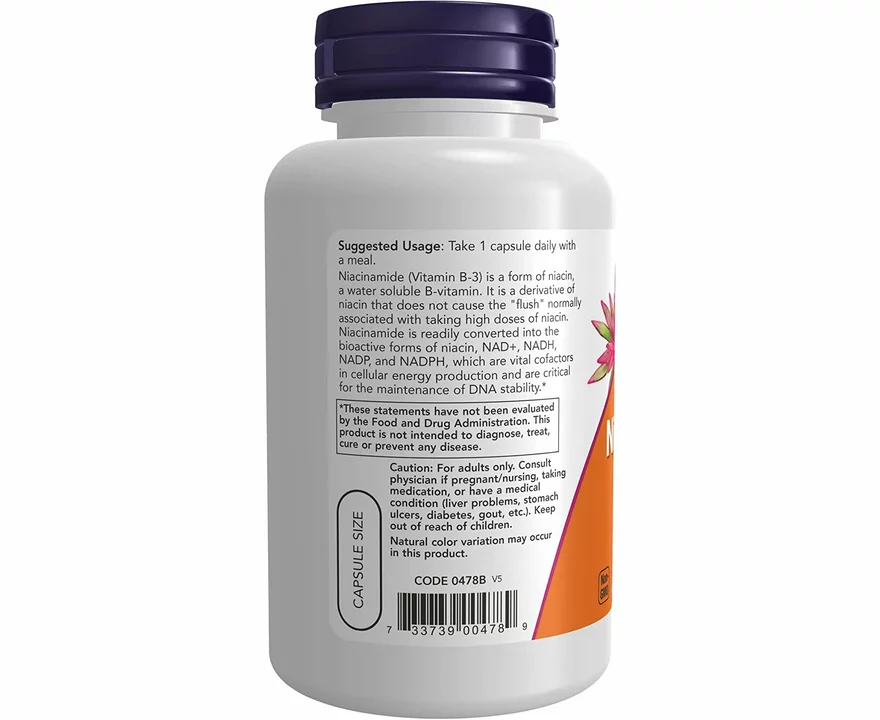Ultimate Guide: How to Buy Meds & Supplements Online in 2025
If you’re scrolling through endless pharmacy sites wondering which one you can trust, you’re not alone. Buying drugs or vitamins online feels like a gamble, but it doesn’t have to be. Below are the exact steps I use to separate the good from the shady, plus quick tips on finding cheaper alternatives.
Spotting a Legit Online Pharmacy
First thing – check the website’s credentials. A real pharmacy will display a valid licence number, a physical address, and a pharmacist‑in‑charge name. Look for https:// in the URL; that simple lock icon tells you the connection is encrypted.
Next, verify with local regulators. In Australia, the TGA list of accredited e‑pharmacies is public. In the UK, the MHRA’s online pharmacy register does the same. A quick Google search of the site name plus “scam” can also reveal red flags from other shoppers.
Getting the Best Price Without Sacrificing Safety
Price comparison is a must. Use at least two price‑checking tools – one that focuses on generic brands (like PBS listings in Australia) and another that pulls private pharmacy rates. Remember, if a deal sounds too good to be true, it probably is.
Consider bulk orders for chronic meds. Many reputable sites offer discounts when you order a 90‑day supply instead of a month’s worth. For supplements, look for third‑party testing badges (USP, NSF) – they prove the product matches what’s on the label.
Don’t forget shipping costs and delivery times. Some pharmacies charge extra for express shipping, but most reputable ones provide free standard delivery once you hit a minimum order value.
Choosing Smart Alternatives
Sometimes the brand‑name drug isn’t the only option. For example, if Zoloft (sertraline) is pricey, generic sertraline works just as well and saves cash. If you’re avoiding statins, newer non‑statin cholesterol drugs like ezetimibe can be a good backup.
Supplements have similar alternatives. Want vitamin D but hate large pills? Liquid drops or chewables are equally effective. When eyeing natural anti‑inflammatories, serrapeptase or quercetin can complement or replace over‑the‑counter NSAIDs under doctor guidance.
Always talk to a pharmacist or your prescriber before swapping. A quick call can confirm dosage equivalence and flag any interactions with existing meds.
Staying Safe After You Order
When the package arrives, inspect it right away. Look for tamper‑evident seals and matching batch numbers on the label. If anything feels off – missing paperwork, weird smells, or broken pills – contact the pharmacy immediately.
Store meds as instructed: most tablets belong in a cool, dry place; some liquids need refrigeration. Keep them out of reach of kids and pets.
Finally, set reminders for refills so you never run out. Most reputable online pharmacies let you schedule automatic deliveries, which is a lifesaver for chronic conditions.
By following these steps, you can shop online with confidence, save money, and still get the exact treatment you need. Happy (and safe) buying!

The Ultimate Guide to Inositol: Everything You Need to Know About This Essential Dietary Supplement
In my latest blog post, I've put together the ultimate guide to Inositol, a vital dietary supplement that many people might not be aware of. I've covered everything you need to know, from its numerous health benefits, such as improving mental health and fertility, to the different types of Inositol and the best food sources. Additionally, I've discussed the recommended dosage and any potential side effects. Reading this guide will certainly give you a great understanding of this essential nutrient and how it could positively impact your life. Don't miss out on this valuable information; head over to my blog and check it out!
May 14 2023